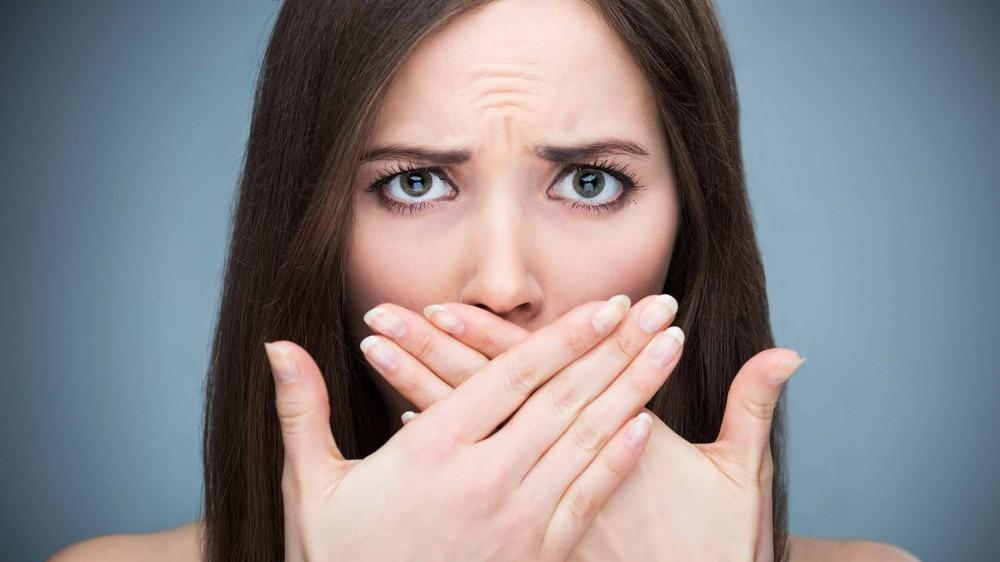
When it comes to oral health, your gums can get overlooked. After all, your teeth are the stars of your smile. But if you expand your oral care routine to include proactive gum care, you can keep dental work to a minimum and keep your teeth and gums at their healthiest.
At Arya Dental, we want you to have a healthy mouth and a dazzling smile. In this blog, we discuss what you can do to keep your gums and teeth healthy for years to come.
1. Practice gum-friendly brushing
Brushing twice a day is a great place to start. Add to this a soft-bristled toothbrush and a fluoride toothpaste approved by the American Dental Association, and you’re building the foundation for a great routine. You should also replace your brush every three months.
Brushing should start at the gums, with the bristles at a 45-degree angle. Move the brush back and forth with short strokes and work the brush down to the ends of your teeth. Overlap the next pass following the same sequence.
This technique will stimulate your gum tissue and move plaque and food particles away from your gums. Furthermore, frequent brush replacements will maximize stimulation and prevent bacteria from accumulating on the brush.
2. Make sure to floss
Daily flossing will remove food and plaque that may otherwise form into tartar, a substance that can cause gum disease, and which can only be removed with special dental instruments. Tartar can force your gums away from your teeth, which can create pockets around the roots of your teeth. These pockets are perfect environments for bacteria to grow and attack your teeth’s enamel.
Dental floss can access places your brush can’t effectively reach. Between brushing and flossing, you can slow the process through which plaque turns into tartar.
3. Use mouthwash after brushing and rinse after eating
While using mouthwash after you floss and brush can help as part of your oral care routine, rinsing with water after you eat should also play a role. Rinsing can wash away food particles and bacteria that can form into plaque and tartar.
While rinsing your mouth shouldn’t replace brushing and flossing, it can augment oral care between sessions. And using mouthwash after you brush can help kill germs and bacteria.
4. Maintain regular checkups
The checkup schedule recommended by your Arya Dental provider isn’t an arbitrary suggestion. Whether you’re scheduled every six months or every year, you should adhere to the schedule for the best oral health.
Even if you floss, brush, and rinse every day, plaque and tartar can still build up in areas. Only regular dental cleanings can keep tartar and plaque at bay. Unfortunately, 42% of Americans don’t follow a regular dental checkup routine. If you’re one of them, now is the perfect time to make a change.
If you haven’t been to the dentist in a while, or if it’s time for your next cleaning, book an appointment online or over the phone with Arya Dental today.
Healthy Gums FAQs
1. Why are healthy gums so important?
Healthy gums support your teeth, protect against infection, and help prevent tooth loss. Gum disease has also been linked to other health issues like heart disease and diabetes, so maintaining gum health benefits your whole body.
2. How often should I brush to keep my gums healthy?
You should brush your teeth at least twice a day using a soft-bristled toothbrush and fluoride toothpaste. Brush gently at a 45-degree angle toward your gums to remove plaque without irritating gum tissue.
3. Is flossing really necessary if I brush well?
Yes. Flossing removes plaque and food particles from areas your toothbrush can’t reach, especially under the gumline. Skipping flossing allows plaque to harden into tartar, which contributes to gum inflammation and disease.
4. What kind of mouthwash is best for gum health?
Look for an antimicrobial or fluoride mouthwash approved by the ADA. These help reduce bacteria that cause plaque buildup and freshen breath. Mouthwash should be used after brushing and flossing for maximum effectiveness.
5. How can I tell if I have gum disease?
Early signs include red, swollen, or bleeding gums, persistent bad breath, or gum recession. If you notice any of these symptoms, schedule a professional dental evaluation right away.
6. How often should I visit the dentist for gum check-ups?
Most patients should have a dental cleaning every six months. However, if you have gum disease or a history of tartar buildup, your dentist may recommend visits every three to four months.
7. Can gum disease be reversed?
In its early stage (gingivitis), gum disease is reversible with proper oral hygiene and professional cleaning. Advanced stages (periodontitis) can be managed but require specialized treatment to prevent further damage.
8. What foods help keep gums healthy?
Eat foods rich in vitamin C, calcium, and antioxidants—like leafy greens, citrus fruits, and dairy products. Avoid excessive sugar and acidic drinks, which promote plaque formation and gum irritation.
9. Does smoking affect gum health?
Yes. Smoking weakens your immune system, reduces blood flow to the gums, and slows healing, making smokers far more prone to gum disease and tooth loss. Quitting smoking significantly improves gum health.
10. How can I strengthen my gums naturally?
Maintain daily brushing and flossing, use antibacterial mouthwash, eat nutrient-rich foods, stay hydrated, and get regular professional cleanings. These simple habits naturally strengthen and protect your gums over time.






